
HSF - Hand Safety First - Hand Safety Tool -
When you think of Hand Safety - Think of Hand Safety First
Introduction
In high-risk industries like oil & gas, construction, and utilities, hand injuries are still among the most common causes of downtime and accidents. One tool designed to drastically reduce these incidents is the push pull stick — a simple yet powerful device that allows workers to move suspended or energized loads without placing their hands in the line of fire.
What Is a Push Pull Stick?
A push pull stick is a hands-free safety tool used in industrial environments to maneuver suspended loads, pipes, slings, or cables at a distance. Typically made of fiberglass or other non-conductive materials, it features a hook or forked end to help push, pull, or guide without physical contact.
It is commonly used in:
Lifting and rigging operations
Electrical or energized environments
Tight spaces where hand access is risky
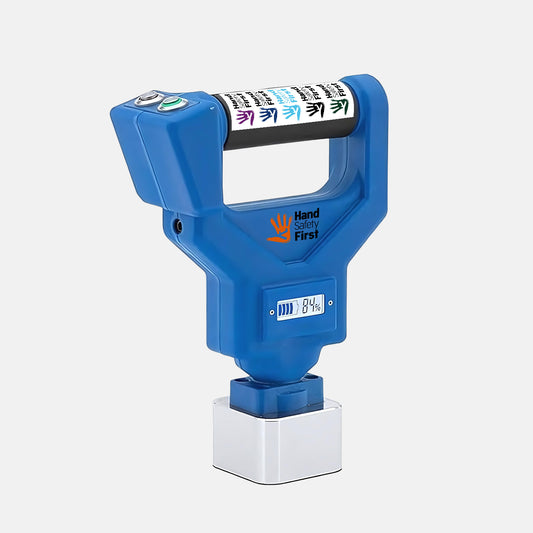
Why Push Pull Sticks Matter in 2025
With the rise of safety regulations and a stronger focus on hand injury prevention, the demand for hands-off tools like push pull sticks has surged. According to OSHA and industrial safety data:
Over 43% of recordable injuries in construction involve the hands.
Using tools like push pull sticks can reduce hand contact by up to 90%.
As companies push toward zero-injury goals, this simple tool becomes essential to every frontline worker's toolkit.
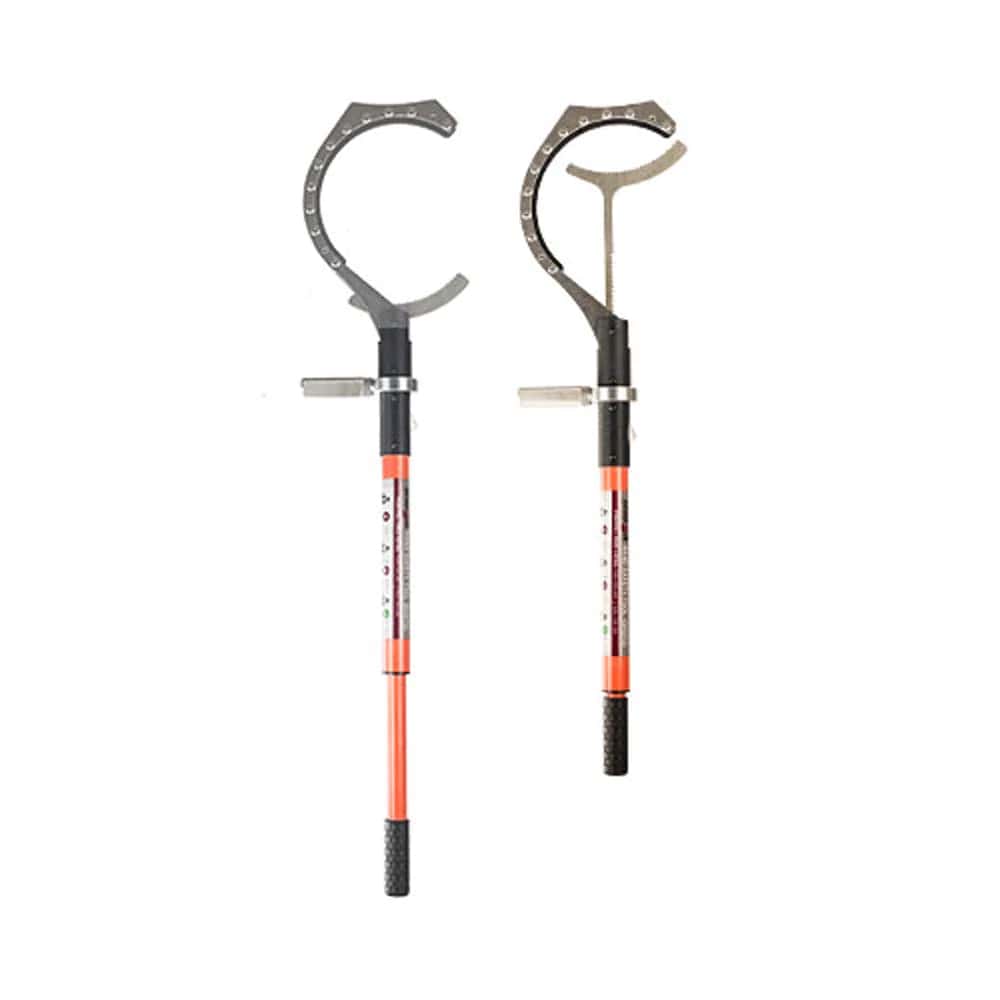
Top Push Pull Stick Uses
Here are the most common and effective ways push pull sticks are used in the field:
1. Guiding Suspended Loads :
Safely steer loads into position without hand contact.
Prevents fingers from getting caught between load and fixed objects.
2. Adjusting Slings and Hooks :
Reposition slings or lifting gear during hoisting.
Keeps workers’ hands outside the danger zone.
3. Removing Material from Tight Spaces :
Useful in confined areas like tanks or beneath machinery.
Reach and remove objects without crawling or unsafe movements.
4. Handling Cables and Hoses :
Push or pull tangled wires or hoses from a distance.
Especially useful in electrical or high-temperature areas.
5. Decontamination and Hazard Zones :
Maintain distance from toxic, corrosive, or energized zones.
Ensures hands never touch potentially dangerous surfaces.
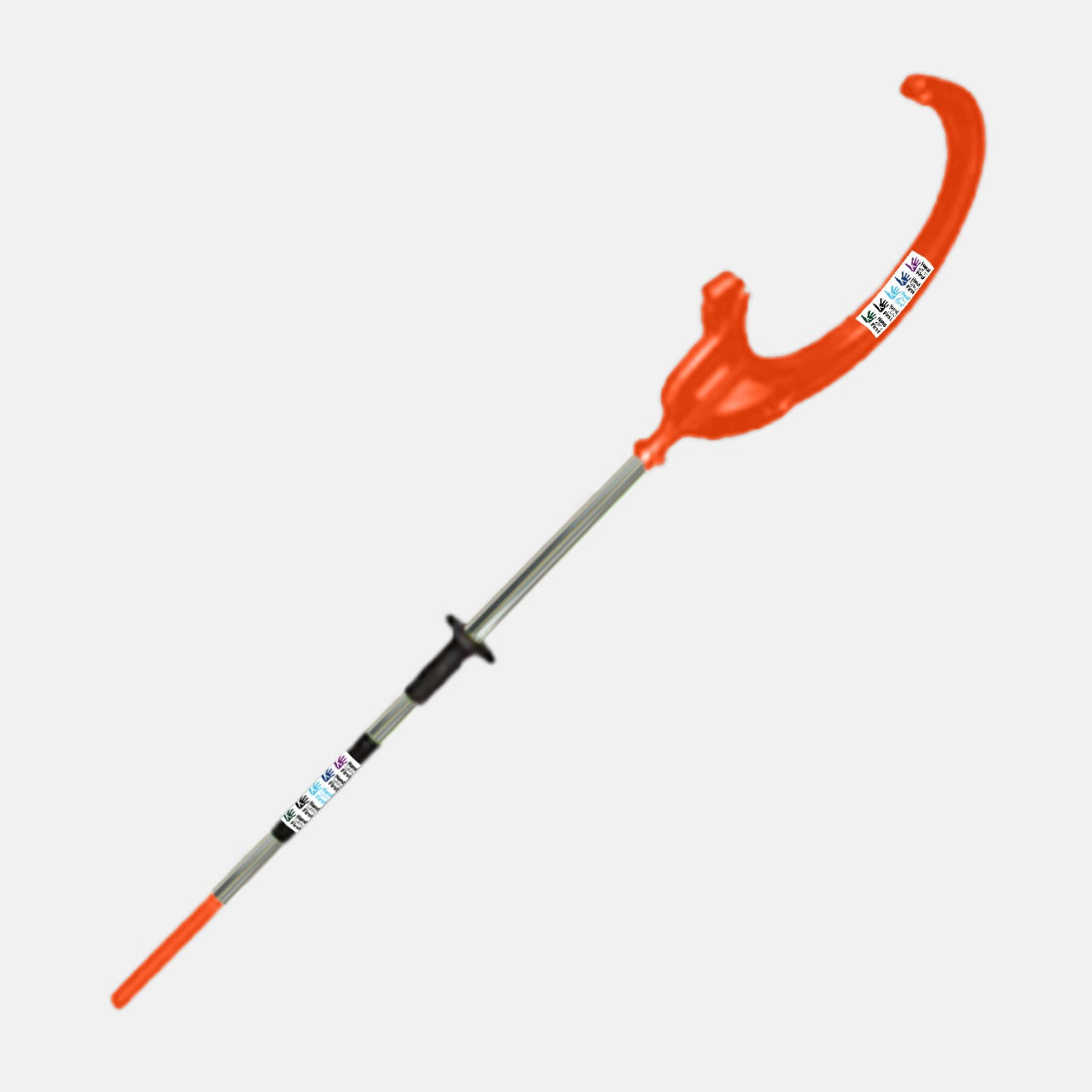
How to Use a Push Pull Stick: Step-by-Step Guide
1. Inspect the Tool :
Check for cracks, wear, or damage before use.
2. Select the Right Length :
Use longer sticks for higher or more distant tasks.
3. Position Your Body :
Maintain stable footing and proper posture.
4. Engage the Load :
Hook or press gently against the object.
5. Push or Pull Smoothly :
Avoid jerky or forceful motions.
6. Communicate Clearly :
Use hand signals or radios if working with a team.
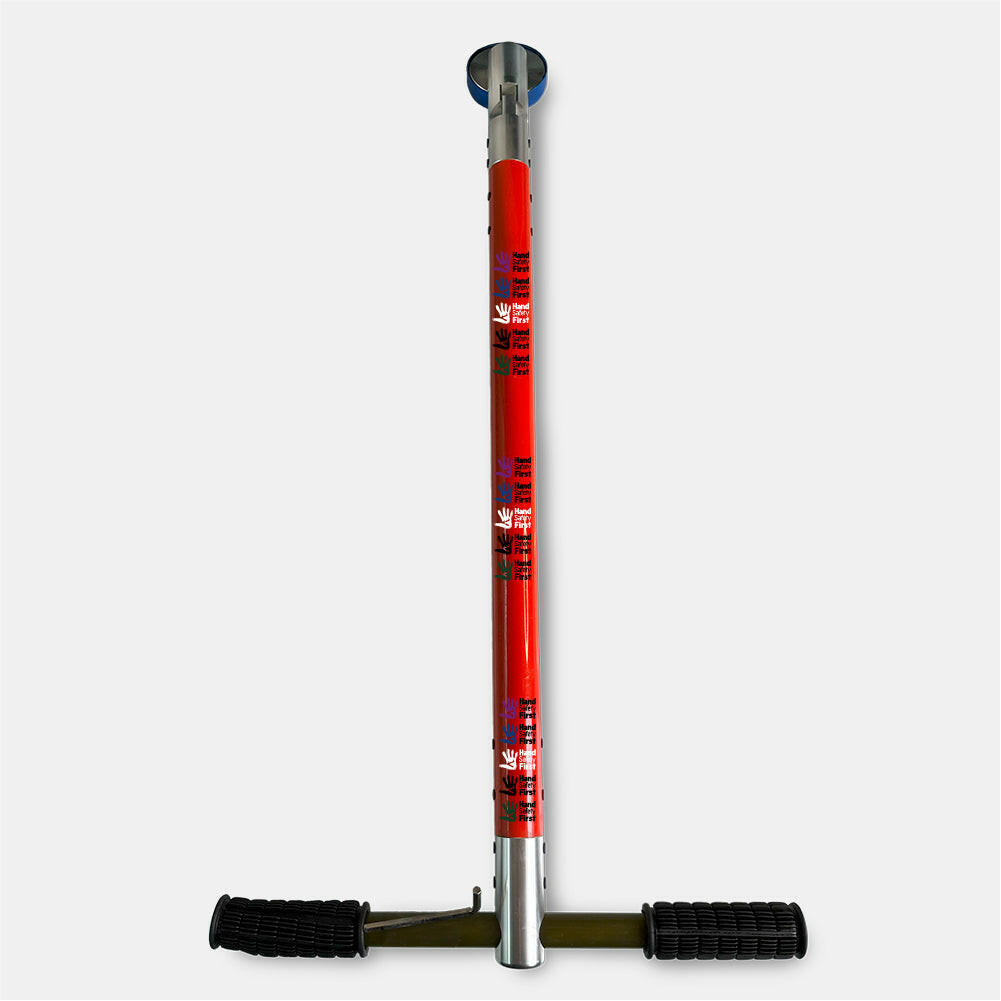
Best Practices for Using Push Pull Sticks
1. Always wear PPE (gloves, helmet, boots).
2. Use in combination with taglines when applicable.
3. Replace damaged sticks immediately.
4. Train workers in correct posture and handling.
5. Store in a dry, safe area away from electrical equipment.

Common Mistakes to Avoid
1. Using the tool as a pry bar or hammer.
2. Applying excessive force which can snap the stick.
3. Using near energized equipment without proper insulation.
4. Allowing untrained personnel to operate it.
5. Ignoring visible damage or wear.
Real-World Applications
Case Study – Offshore Rig Handling:
On a North Sea rig, push pull sticks were introduced to reduce the number of “line-of-fire” hand injuries. Within 6 months, hand-related incidents dropped by 70%, thanks to proper training and stick use in rigging tasks.
Construction Site Scenario:
On a tunnel project, confined space entry was risky for cable pulling. Using an extendable push pull stick, workers completed tasks without needing physical entry — reducing confined space exposure hours.
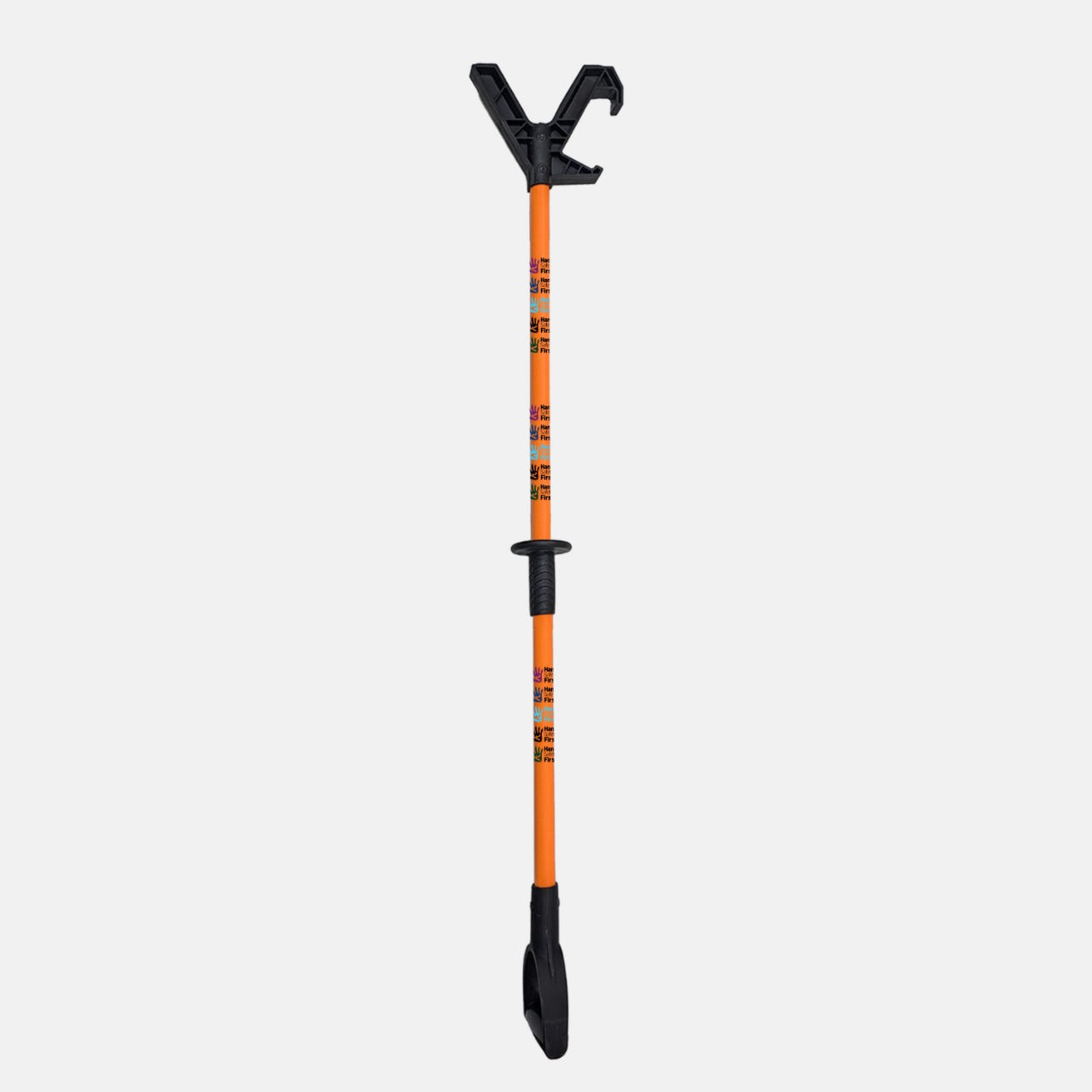
Conclusion
Push pull sticks are not just helpful—they are essential. As workplaces aim for zero hand injuries, integrating hands-free tools like these is no longer optional, it’s standard. Whether you’re lifting, guiding, or adjusting loads, the push pull stick ensures safety, precision, and peace of mind.
FAQs
Q: What is the main purpose of a push pull stick?
A: To move or guide objects safely from a distance, reducing the risk of hand injuries.
Q: Are push pull sticks insulated for electrical work?
A: Many are made of non-conductive materials, but always check insulation rating before using near energized equipment.
Q: How long should a push pull stick be?
A: Length varies by task, but common sizes range from 4 to 8 feet. Choose based on distance and load.
Q: Can I use a push pull stick for lifting?
A: No. They’re designed to guide, not bear weight.
Q: Is training required to use a push pull stick?
A: While simple, training ensures proper handling, posture, and safety awareness, which is critical for effectiveness.
